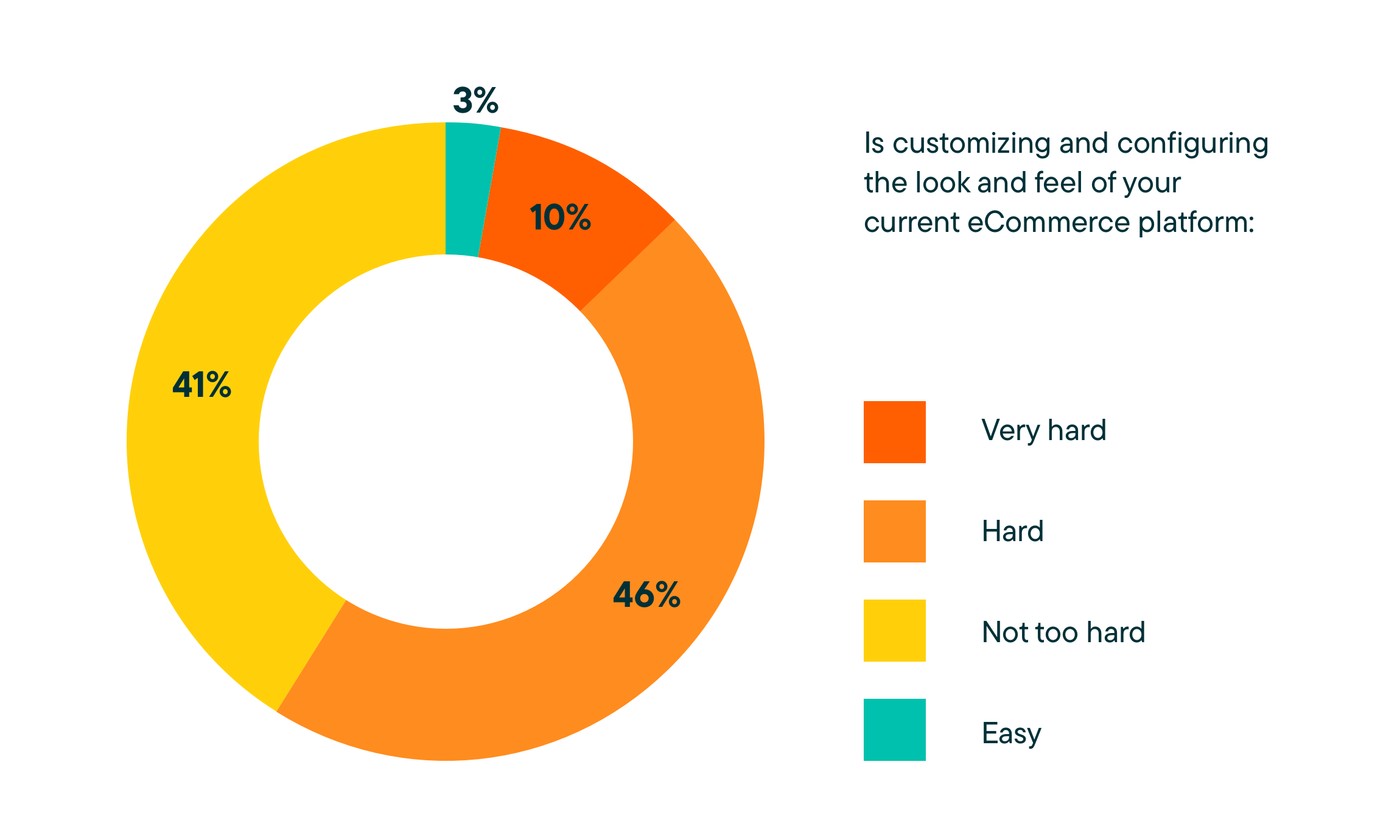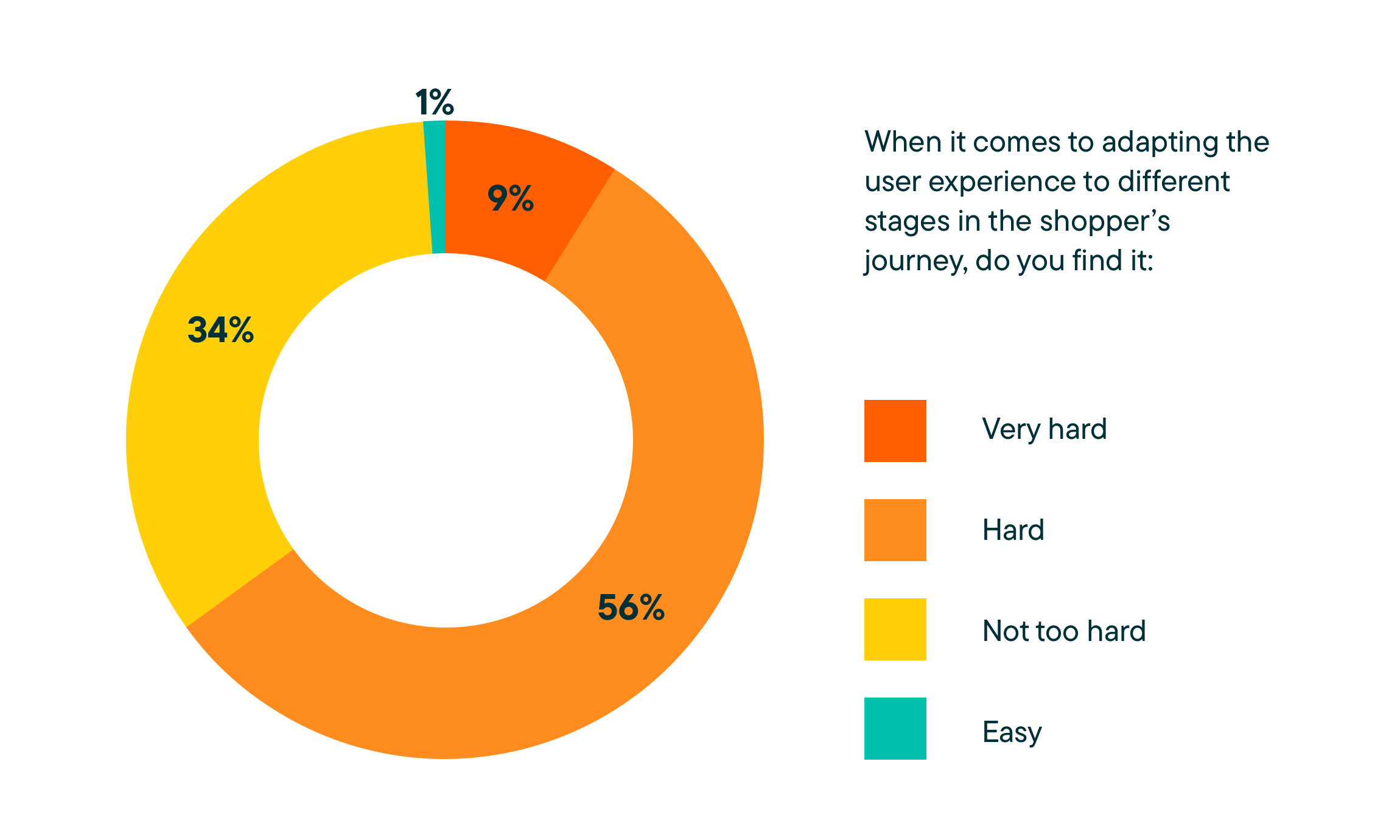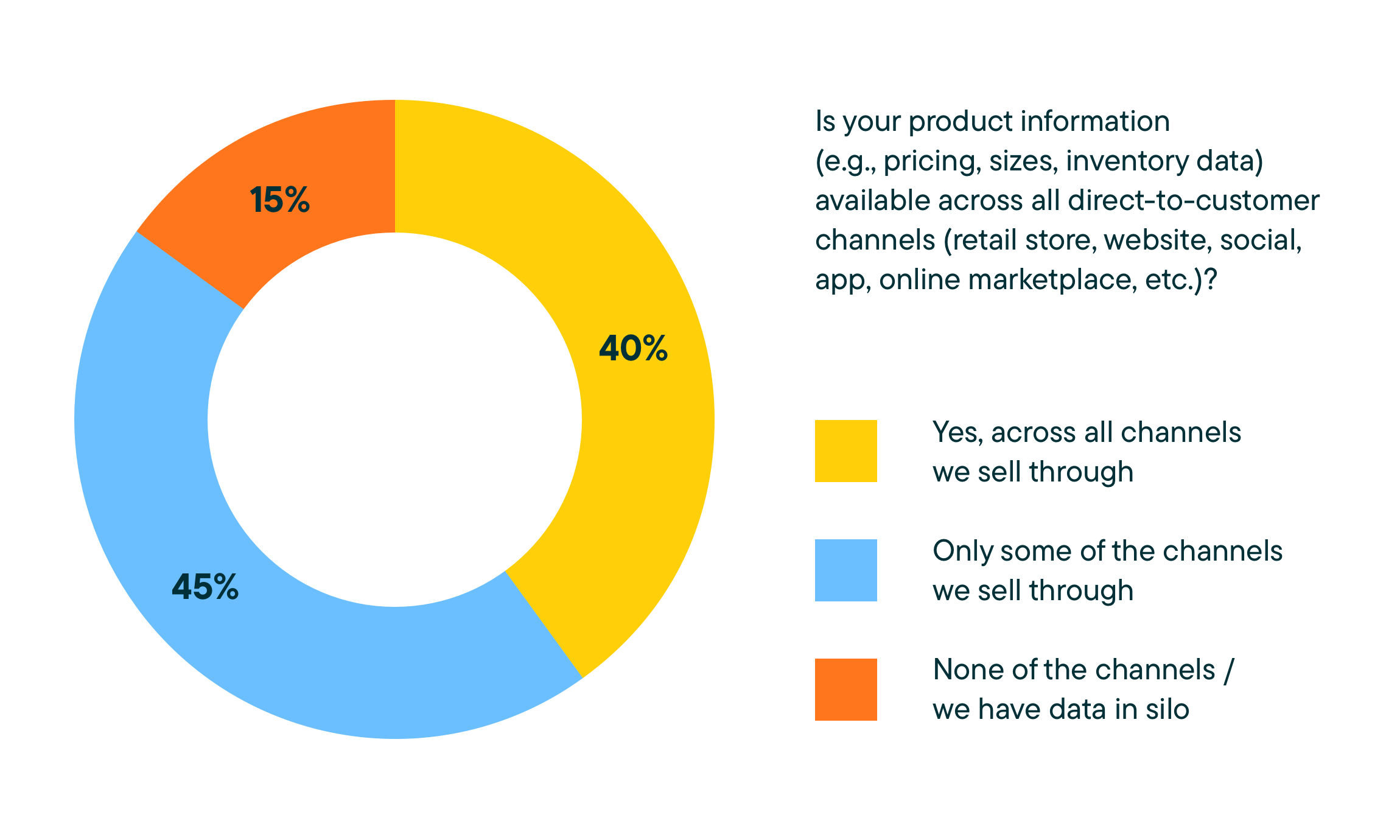The State of Digital Commerce in Southeast Asia survey commissioned by commercetools and Merkle, and spearheaded by MARKETING-INTERACTIVE, shows that while brands in the region face challenges in eCommerce, such as omnichannel and customization, implementing headless commerce will bring benefits in the near future.

Consumers across the globe have turned to digital channels sharply as a result of the pandemic and Southeast Asia was no different; the region saw 40 million new internet users in 2021 alone and eight in 10 of these new users purchased something online at least once. Despite this booming environment, regional brands face challenges in digital commerce that prevent them from capitalizing on these opportunities.
To help brands set out their digital transformation roadmap, MARKETING-INTERACTIVE, in partnership with commercetools and Merkle, gathered insights from marketers across Southeast Asia on the core challenges in digital commerce and revealed that:
49% of respondents say customizations are rather difficult and take a long time.
36% report that performance is not up to expectations.
29% recognize that it’s difficult to find developers with the right skill set for their digital commerce plans.
These challenges are also aligned with similar trends seen worldwide, particularly in areas such as talent, digitization and agility in eCommerce.
46% of marketers struggle with inflexible eCommerce systems
One of the main report findings is that brands in Southeast Asia struggle to tailor eCommerce according to customer needs: 46% of respondents said it’s hard to customize and configure the look and feel of their eCommerce platform and 10% shared that it’s very hard. Only 3% of respondents mentioned customizations are easy for their companies.
At the same time, many respondents found it hard (56%) or very hard (9%) to adapt the user experience to different stages in the shopper’s journey with their current commerce platform, while, disappointingly, only 1% said it was easy to do so.


Nearly half of the respondents (49%) find integrating different applications into their current eCommerce platform difficult. For 14% of respondents, the task was labeled very hard, and only 3% found it easy.
Omnichannel remains a challenge for nearly 60% of marketers
Another challenge marketers face is implementing omnichannel commerce; a staggering 45% reported that omnichannel across online and offline channels is mediocre and 12% said it's rather low. Also, 56% of marketers shared that their customer experiences (look and feel, data collection and brand messaging) are consistent only for some touchpoints, while 60% reported that core product information (pricing, sizes, inventory, etc.) is available only in some channels or none at all.


Finding talent is an issue
29% of respondents pointed out that finding developers with the right skill set is among the main challenges in mapping out plans for digital commerce. This trend is in line with Gartner’s The State of Digital Commerce, which states that less than half (41%) of leaders at B2C companies have the talent and performance to execute their digital commerce strategy, and the number is even lower in the B2B arena where only 27% of their B2B counterparts said the same.
How headless commerce boosts online experiences with maximum flexibility
The use of legacy eCommerce platforms, known for standardized and template-like features, is the main issue behind common challenges faced by marketers in Southeast Asia. In fact, the survey revealed that an overwhelming 72% of companies use the template engine from a commerce platform, showcasing why so many companies in the region find it hard to customize experiences and leverage omnichannel journeys.
The good news is that 93% of respondents agree a more flexible eCommerce solution would make a great impact on the business. As 50% of the respondents recognized headless commerce as an important component of digital transformation and 20% already have headless implementations underway, it’s clear that the flexibility businesses look for is delivered by this innovative technology.
In a nutshell, headless commerce enables companies to decouple the eCommerce frontends (the webshop and any other customer-facing touchpoint) and backend (the layer aggregating product, pricing, inventory and customer data). In this environment, developers can make changes to the backend without interfering with the frontend, and vice-versa, so it’s easier to customize functions independently and accelerate time-to-market for new touchpoints and features.
Why renowned brands like Mars and Sephora have taken headless commerce on
Sephora, a personal care and beauty retailer, faced the challenge of integrating new technologies to augment digital experiences, so the company decided to move away from monolithic platforms and modernize its commerce architecture. By implementing headless, the company boosts personalization initiatives and combines the worlds of physical and digital with features like “buy online and pickup in-store” in true omnichannel fashion.
Similarly, Mars, best known for M&M’s, Skittles and Snickers, decided to pursue headless commerce to implement its “My M&M’s” online store, a new channel that offers customers the ability to select colors for their M&M’s and create custom bags of candy. With headless commerce, the company combined physical stores with a digital presence in a cohesive ecosystem.
The benefits experienced by Sephora and Mars show that headless commerce provides the flexibility and agility to capitalize on omnichannel while reducing friction points for customizations, creating the ideal environment for brands to truly stand out from the crowd.
Download The State of Digital Commerce in Southeast Asia report now to access all the insights and how you can leverage headless commerce in your business.